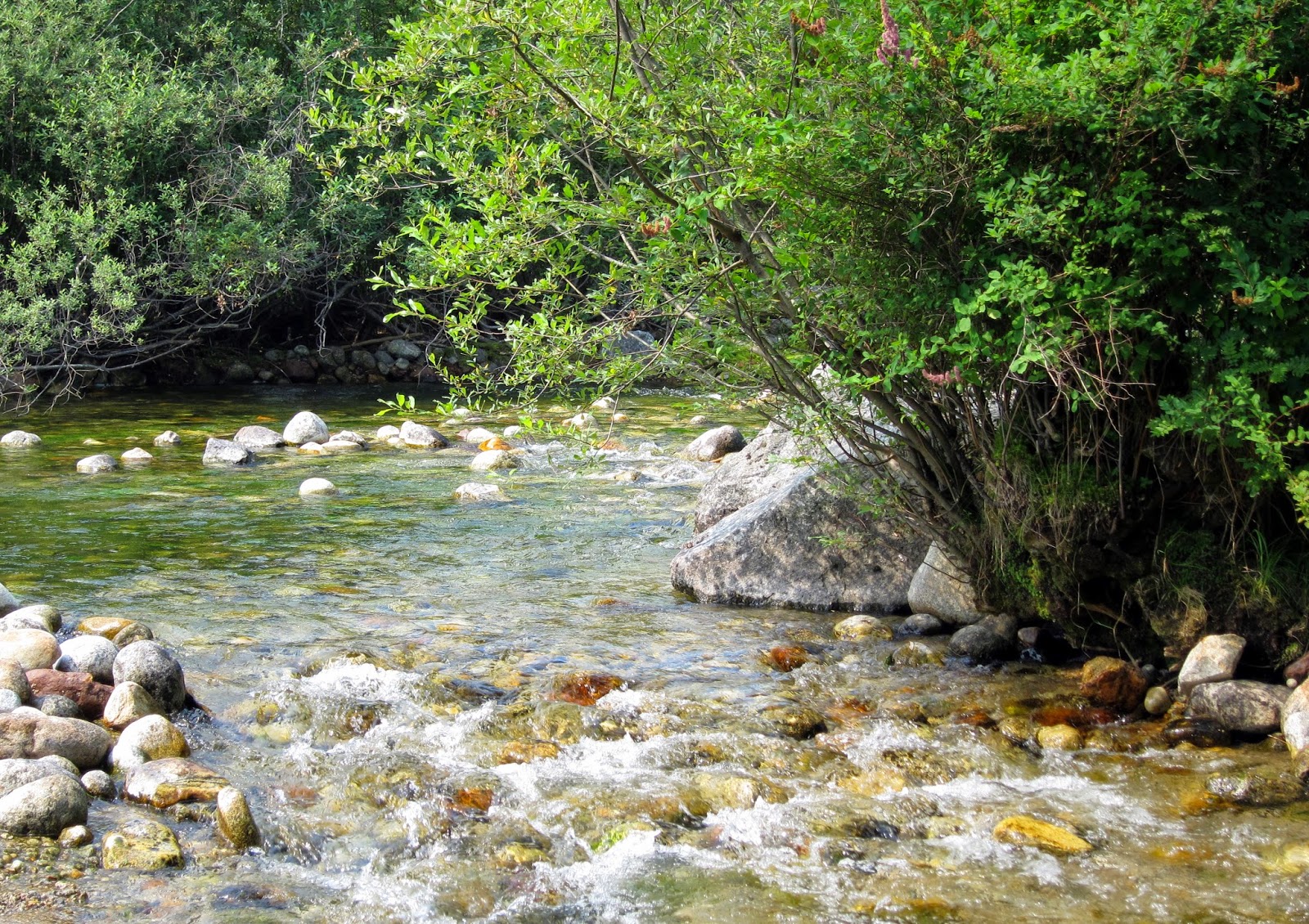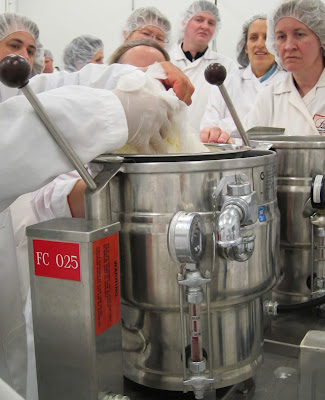Flavourful Saskatoon, August 11, 2014
 |
| Kokanee Creek Provincial Park |
Street Food Meet, Sept. 13
The YXE Street Meet food & music festival takes place on Saturday, September 13th, from 11:30 am to 11 pm, on Spadina Crescent between 2nd and 3rd Avenues. Please note change of date.
Sustainable Gourmet, Sept. 27
The Saskatchewan Environmental Society is holding their 9th annual fundraising dinner on September 27 at the Saskatoon Club. The dinner features local food prepared by local chefs.
I had no problem becoming a vegetarian (31 years ago!). In fact, it was a very positive change as I became interested in international cuisine and became a much more creative cook.
An article in Grist reminded me, however, that it can be hard for people to change their food habits, which are so much a part of our social and cultural identities:
“Food traditions are wedded to childhood, nostalgia, memory — everything that gives us a sense of who we are . . . . Changing food traditions is hard if you are simply slapping people’s hands and telling them to stop eating so much meat. That’s pretty ugly — it’s really telling someone their culture isn’t up to snuff. But dietary change can happen if people have new options, new recipes, and new ingredients. And change generally comes from within: Instead of saying ‘you should stop eating …’ — we might try saying, “Look how we can enrich our cultural identity by eating …”
 | |
| Snack Time |
Cheese and GMOs
On the whole, I support non-GMO products, particularly as the whole industry is controlled by one large multinational. However, Whole Foods’ GMO labels could pose a problem for US cheesemakers due to a limited supply of non-GMO feed.
“Another issue is rennet, the enzyme used to coagulate milk – an important step in the cheesemaking process. Traditional rennets come from the stomach of a baby calf, and vegetarian-based rennets are also available. However, another rennet, known as FPC (fermentation-produced chymosin), is produced through genetic engineering. It is used in an estimated 90% of the cheeses made in the US.”
Forget black and white; it’s varying shades of grey.
Ice Cream-Powered Ice Cream
A Ben and Jerry’s factory in Holland is using the waste products from its ice cream making to make more ice cream:
“A huge biodigester, affectionately known as “the Chunkinator,” combines excess milk, syrup, wastewater, and bits of fruit with billions of microbes. The microbes eat the sweet and creamy leftovers and convert them to biogas, cutting down on the facility’s heat and energy costs.”
Flavourful Saskatoon is a weekly Monday feature. I also post regular profiles of culinary entrepreneurs, new restaurants and new food products.
You can follow Wanderlust and Words on Facebook, Twitter, or by email (top right corner).




Comments